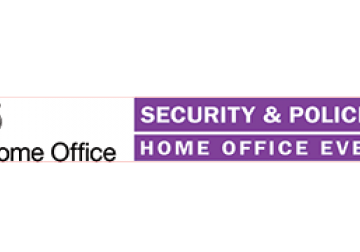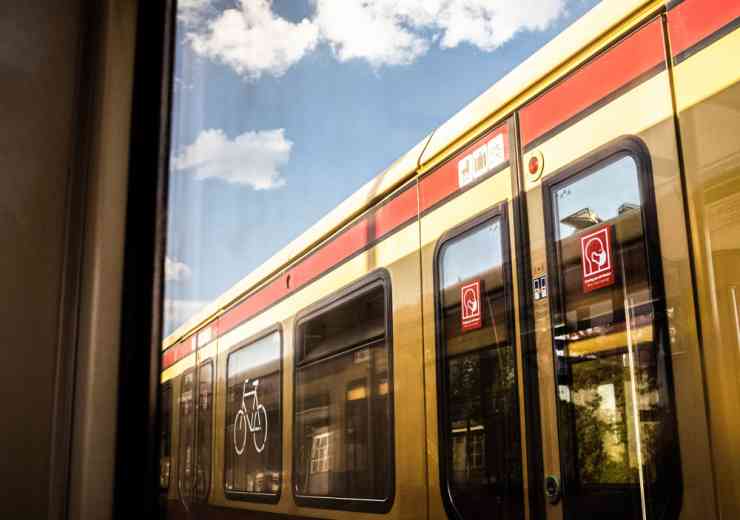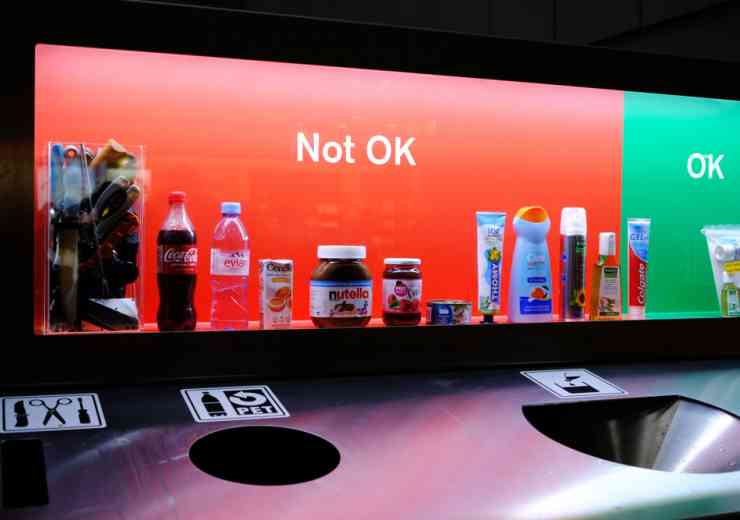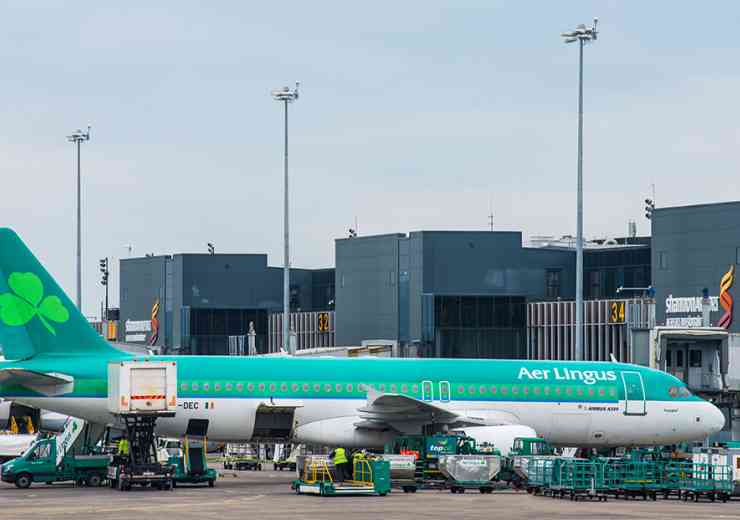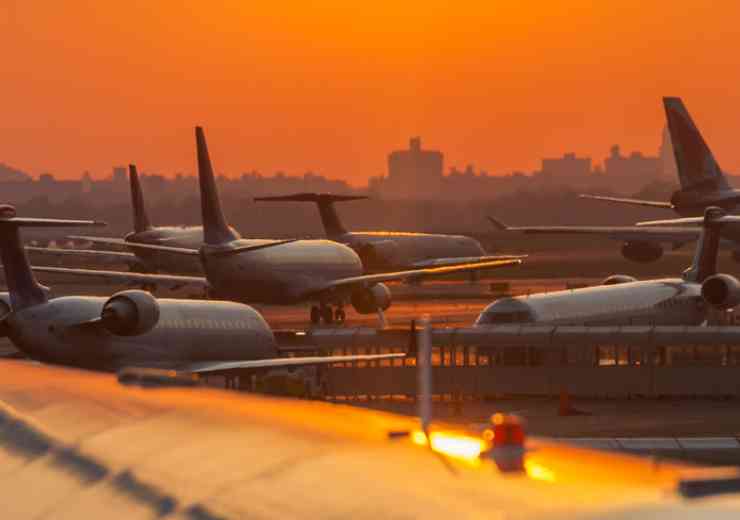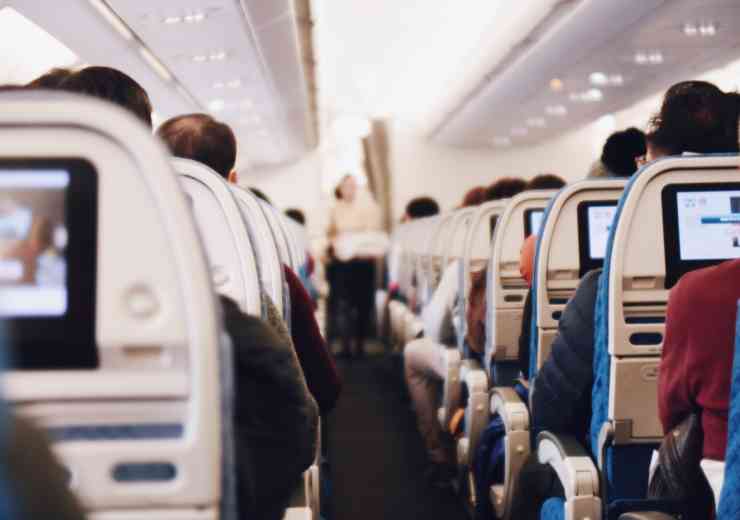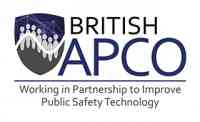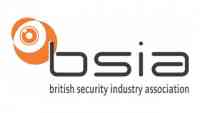
Testing the new scanners at London City Airport
Polly Jones recently tried out the new security scanners at London City Airport to see if they bring benefits for passengers, while maintaining high levels of security.
On their website, London City Airport boasts a smooth, swift security check.
Next Generation Security Checkpoints (NGSC) have been introduced at some airports around the country, with early adopters including Leeds Bradford, Aberdeen, Southend, Teesside, Birmingham, and London City. Gatwick completed installation of the new Computed Tomography (CT) scanners at the beginning of April, joining Edinburgh, Luton, Newcastle, Bournemouth, Bristol, Cardiff, East Midlands, Inverness, Liverpool and Newquay airports.
However, several airports, including some major UK hubs have not yet installed the new tech: Glasgow, Glasgow Prestwick, Heathrow, Norwich, Southampton and Stansted.
The government initially instructed all UK airports to upgrade to the new scanners by 2022, but the deadline was later postponed to 1 June 2024. Major airports were eventually permitted to miss the 1 June implementation date.
At some airports, the new scanners — which are larger and heavier than previous models — necessitated physical modifications to security areas, including, in some cases, the reinforcement of floors
How it works
The new scanners detect prohibited items with greater accuracy, meaning security staff can work more efficiently and passengers no longer need to take items out of their hand luggage.
By utilising advanced technologies, primarily Computed Tomography (CT) scanners, to provide 3D images of baggage, the new scanners allow for more precise threat detection without requiring the removal of items like laptops.
Traditional X-ray scanners generate static 2D images that lack a layered view of a bag’s contents, which can make it harder to detect complex threats. When image detail is limited, the effectiveness of automatic threat detection is reduced. To address this issue, Computed Tomography (CT) — a technology widely used in the medical field — has been introduced to baggage screening. CT scanners produce high-resolution 3D images, allowing operators to more accurately assess the contents of a bag.
With CT technology, operators can zoom in, zoom out, and rotate 3D scanned images, allowing for a more detailed inspection of a bag’s contents.
It is hoped that with enhanced on-screen inspection and resolution capabilities, the need for rechecks and physical inspections is significantly reduced, leading to a smoother flow of passengers through security and lower security operating costs. The new technology also eases the workload on operators, increasing their efficiency and ultimately contributing to improved security outcomes, a better passenger experience, and greater overall operational efficiency.
It was initially announced that passengers using the new scanners would no longer have to adhere to 100ml rules for liquids, but this restriction was ‘temporarily’ reintroduced in June 2024.
At the time, the Department for Transport said reintroducing restrictions would "enable further improvements to be made to the new checkpoint systems" and was not in response to a specific threat. The restrictions are expected to be lifted in June 2025.
Scanners in use
From a security point of view, passengers are reassured that threat detection levels are just as good as with traditional scanners and no incidents have been reported with the new scanners.
From a passenger point of view, getting through security at City airport was incredibly straight forward. City airport itself has its own benefits, besides the security. It’s the closest airport to me, has free drop off and I got from the car to departures in half an hour. There are several reasons for the speediness, besides the new technology. The airport is small, with fewer flights, meaning there’s just fewer people to get through security. Due to the nature of the airport, there were several people who seemed to be travelling on business flights, which presumably means they were familiar with the procedures and quick at passing through security. There were fewer families than you would normally encounter at an airport, who understandably, do take longer to get through.
However, the new scanners did noticeably make a difference. The fact that you can just put your bag straight on the belt, without having to remove electronics and liquids, means you just naturally get through quicker. This multiplied by the hundreds of passengers means that everyone gets through quicker and the queues are shorter.
My friends who went to Gatwick (with new scanners) to travel to meet me at the destination said it was ‘super quick’ to get through security.
My return flight, from a Spanish airport, was not so speedy. There were more scanners, so fewer people per queue, but I did get stuck behind a group of people who had not yet removed their liquids and electronics from their bag and so held me up. My friends in another queue got through much quicker, despite having the same scanner – they were just not behind a slow group. However, presumably had this Spanish airport had the new technology, though they may have delayed me anyway, I would not have been held up by the group emptying their liquids and electronics.
There were other reasons for the slow transition at the Spanish airport, with my friend waiting half an hour to check her baggage in, a slightly slow delivery from a ‘fast food’ outlet and Spanish border control before I could go to the departure gate. However, at least I didn’t spend £13 on a drink and a baguette like I did at City airport.
Of course this is not a direct comparison, there are many reasons why it took me different lengths of time at each airport. Had I gone to different airports at either end of the holiday, I’m sure I would have had different experiences, regardless of which scanners were in use.
Hopefully, the introduction of the new scanners across UK and European airports will speed up the airport journey for everyone, and reduce some of the anxiety that comes with airport delays, while at the same time, keeping the same standard of aviation security that we have become accustomed to.


